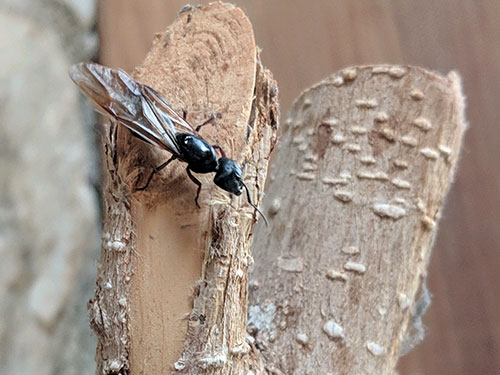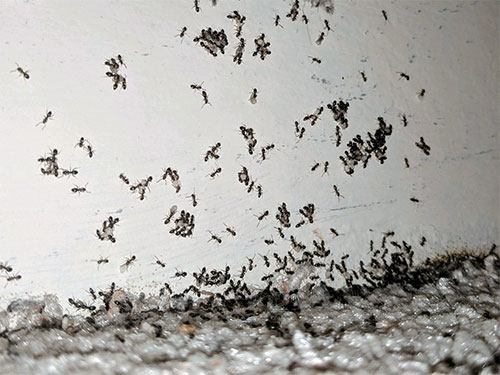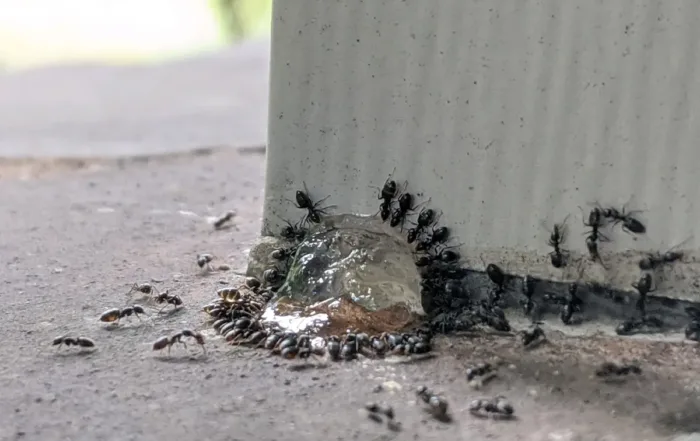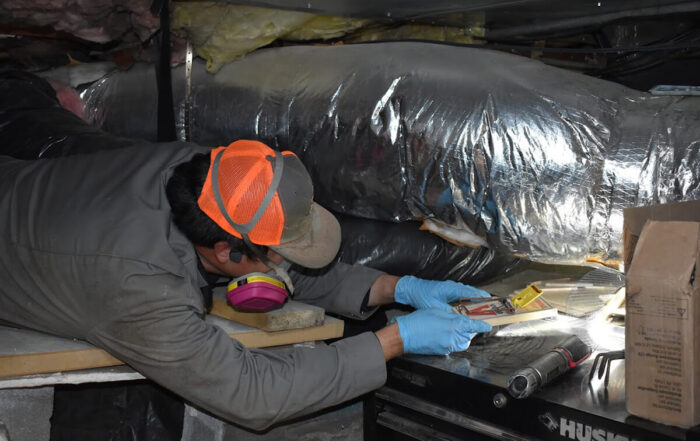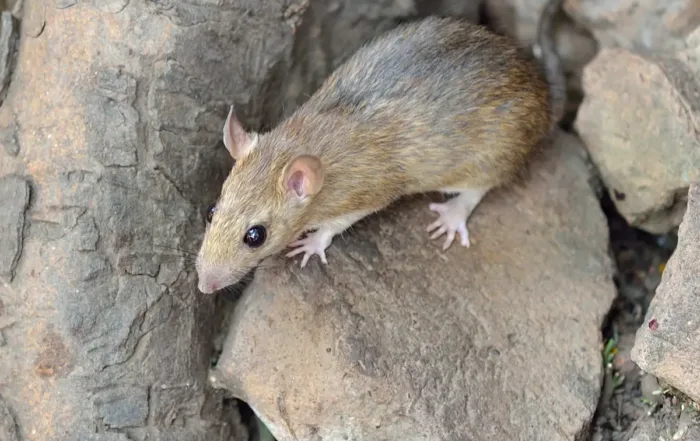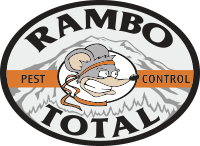You’re Not Alone if You Noticed More Ants This Spring
Aside from about 10 days in early February, we had a very mild winter across Western Washington.
Ants don’t go into true dormancy in winter, instead, they enter a state of slowed metabolism called “diapause” during unfavorable weather patterns. The queen(s) stops laying eggs and the workers will greatly reduce their activities as well. There are a number of biological changes taking place in their little ant bodies during these periods, but as soon as the weather warms up past roughly 50 degrees they get right back to their regular work. This winter we had many weeks with average high temperatures above 50 degrees, therefore those queens were able to produce more eggs than a traditional colder winter would have allowed, resulting in larger overall populations this Spring.
Odorous House Ants are the most common structure-infesting ant foe in our area
These ants are polygynous, or multiple-queened, and average about 1 queen per 150 worker ants in each colony. One colony can consist of 10,000 or more ants, so that equates to roughly 67 queens in that sized colony. OHA queens typically produce about 4 to 5 generations of ants per year. If this unusually warm winter allowed even one extra generation of ant eggs to be laid by all these queens, we can expect a massive influx of ants this spring, which is exactly what we have been witnessing.
Ants are very capable of surviving cold, hot, wet or dry environments. They have their preferences of course and the ants we typically see in our areas (Odorous House Ants, Carpenter Ants, Pavement Ants, Moisture Ants) all prefer moderate temperatures and damp conditions. Of course, Western Washington is a perfect environment for these insects to thrive. With that said, sustained cold temperatures and hard winters will naturally control many different pest populations, limiting the calls we get in the spring and summer. This applies not only to ants but also to rats, mice, stinging insects (wasps/yellowjackets), and many other structural pests. Due to the mild winter we had, we are anticipating large spikes in many pest populations.
How to Eliminate Pest Problems
There are a number of techniques which can be implemented by a homeowner to eliminate pest problems, the most important step is to take action at the earliest signs of an infestation. If you are comfortable attempting to control these issues yourself, we highly recommend you take the time to read and understand the label of any product you plan to apply. Otherwise, we would recommend calling a licensed professional, preferably Rambo Total Pest Control.
